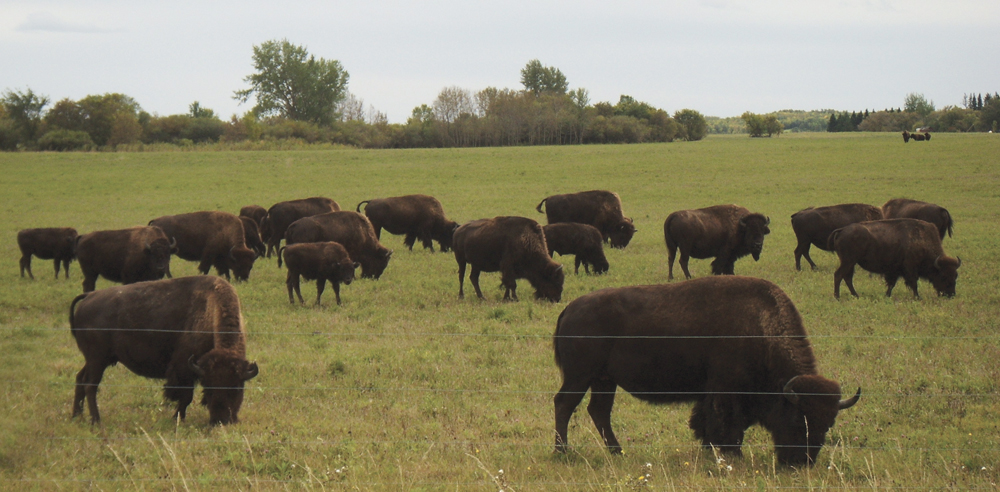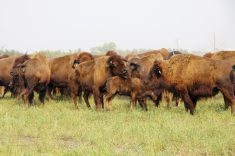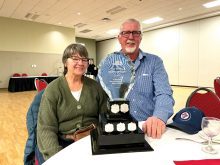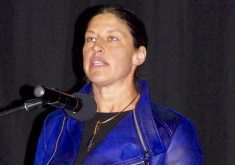In a world first, veterinary researchers at the University of Saskatchewan have produced three bison calves using in vitro fertilization.
Researchers produced them in a laboratory, then transferred the embryos into surrogate mothers.
A fourth calf was produced from a frozen embryo that was taken from a bison cow in 2012 and transferred to a surrogate mother in 2015 — another bison reproductive first.
Dr. Gregg Adams, a professor and reproductive specialist at the Western College of Veterinary Medicine (WCVM), says the wood bison are indigenous to Canada and are threatened by disease and loss of habitat.
Read Also
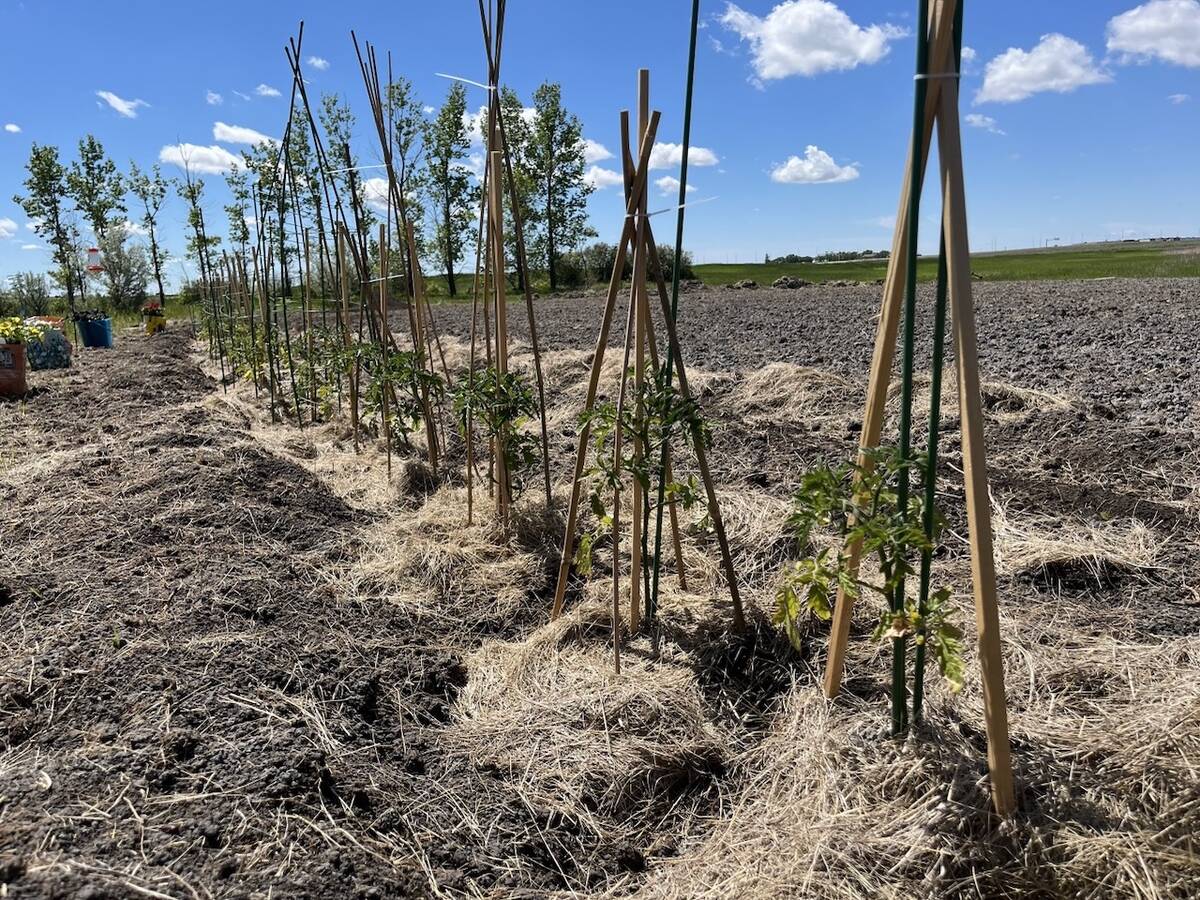
Seeding Indigenous agricultural prosperity
National Circle for Indigenous Agriculture and Food says Indigenous agricultural success needs strong relationships.
“It is tremendously gratifying to see this. I’m excited. I’m hoping all the different interest groups will see this as a real possibility, a solution to the problem,” said Adams.
Between 5,000 and 7,000 wood bison remain in the wild, including a small population in unorganized parts of the North Interlake, between lakes Winnipeg and Winnipegosis. Scientists hope that this reproductive breakthrough will help retain genetic diversity and eventually rebuild the depleted wild herds.
While there are many parallels with reproductive work in cattle, bison present their own unique challenges. Foremost is the presence of disease. Bison herds are infected with brucellosis and tuberculosis, diseases that were introduced by exposure to infected cattle more than 80 years ago, and that can be spread to both cattle and people.
“These diseases have prevented us from getting back and reconstituting the population,” said Adams.
By using advanced reproduction techniques researchers can disinfect the egg and sperm of the female and male bison, minimizing the chances of producing diseased babies or spreading disease.

